All of us have a lot of crap to do. Aside from getting dinner on the table every night, there are all these periodic tasks, like changing smoke detector batteries, paying taxes, backing up our computers, getting oil changes, etc. Most of us are probably tracking most of that stuff mentally. I have been looking for a way to make some of this stuff easier to track, and I’ve found a pretty decent solution: “Security Sunday” (you don’t have to call it that – I just needed a title for this article).
This article contains affiliate links.
Security Sunday
To make tracking some of these periodic tasks easier I decided to define a day to do them. I have created a list of a five tasks that are easy to overlook and hard to track over long periods of time. When was the last time you changed the battery in your EDC light, for instance? Combined they take no more than 10 or 15 minutes, total. I then defined a day of the week, Sunday, to do them. By just doing them every week I don’t have to wait until some squishy point when they need to get done – I know exactly when they were done last and when they need to be done again.
Here are the tasks I complete, roughly in the order that I complete them: backup my computer, rotate my carry ammo, lube/quick inspect carry gun, change flashlight batteries, and sharpen my knife. On Sunday – usually in the morning after dry practice I get into it. Here’s what it looks like in practice.
Step 1: Backup My Computer
I do backups throughout the week on the secure flashdrive that I keep in my EDC bag. I also keep a secure hard drive in my safe – a more secure, more fire-resistant copy of my files. Since this one isn’t upstairs and instantly available at all times, it’s easy to forget and forgo backing up to it. So after dry-practice on Sunday morning it comes upstairs with me. I start the backup and while it’s running I work on some other things. As soon as my backup is done that hard drive goes back downstairs and into the safe.
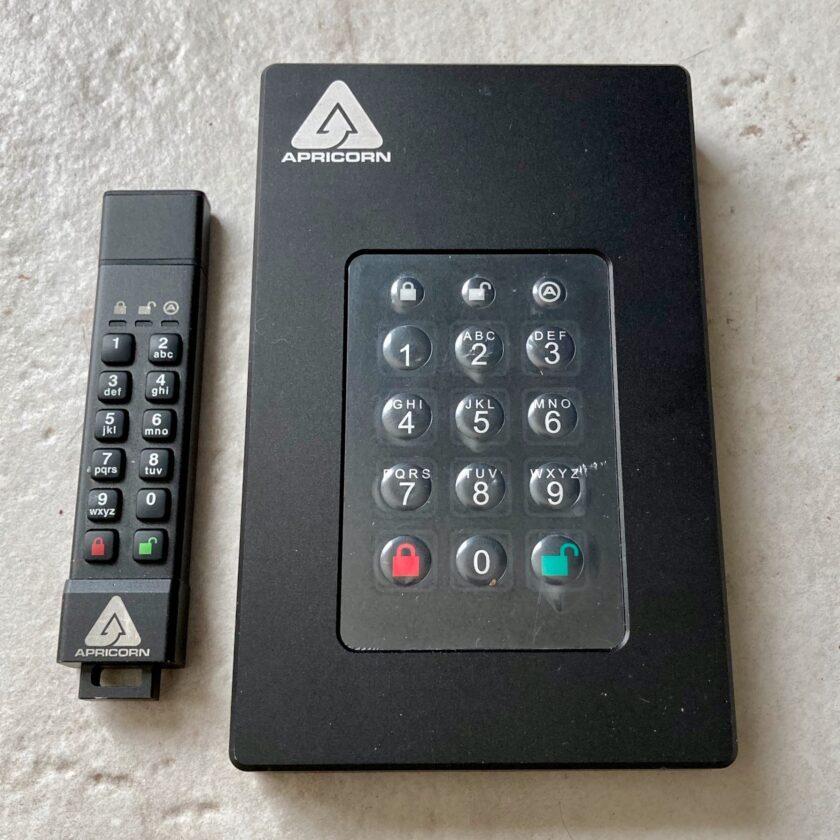
Step 2: Carry Ammo Rotation
Since my gun has been unloaded, I use this opportunity to rotate my carry ammo. I’ve already described this process in detail so I won’t duplicate the whole thing here. Short version: the top two rounds get marked and rotated to the bottom of the magazine. This takes maybe 2 minutes, max.
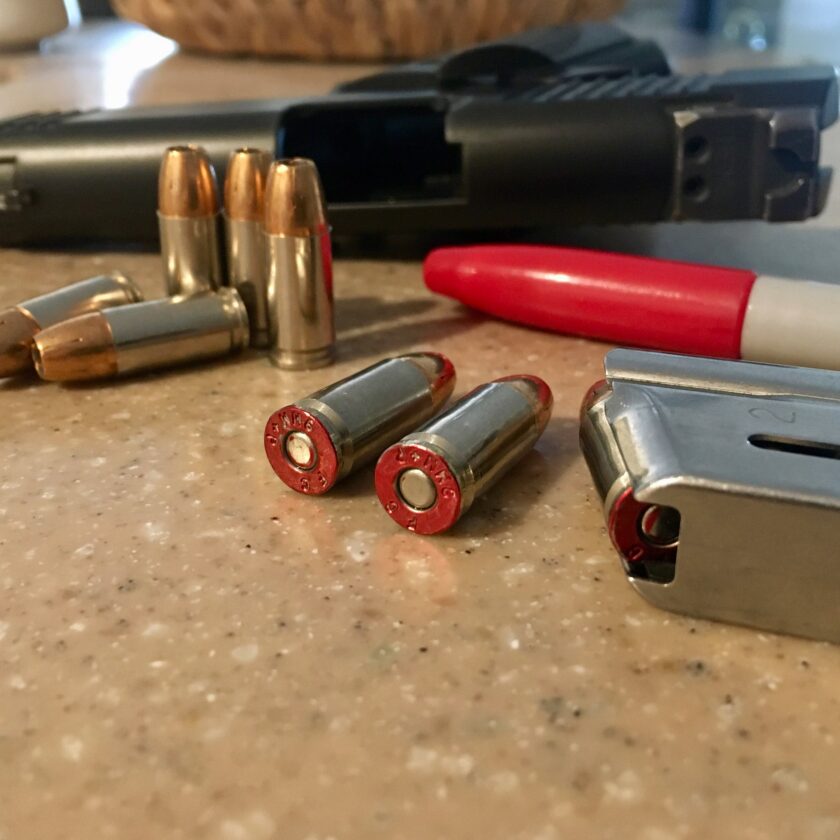
Step 3: Lube/Inspect Carry Gun
I’m a gun cleaner and I carry a 1911 so my gun typically gets cleaned after every range session. I just don’t mind cleaning guns at all so most of them never get all that dirty. This means my guns usually don’t need a serious cleaning on Sundays. I just give my EDC gun a quick check to make sure it is sufficiently lubricated, there is no huge build-up of lint, no rust forming, etc. (keep in mind that even your “plastic” guns have a lot of metal in them). Basically, I just want to take a quick look at my gun. If you don’t dry practice as often as I do (daily) it’s pretty easy to let several weeks go by without taking a look at your gun.
Typically I just lock the slide to the rear and take a quick peak into the visible internals. If no egregious dirt/grit/grime/lint is present, I’ll won’t go any further. I’ll just squirt a little lube along the slide rails and the shiny port of the barrel. Next, I’ll close the slide and put a little look on the barrel hood, then work the slide a few times. If there is a bunch of dirt or whatever, I’ll field strip it and give everything a real quick wipe down. That’s five minutes, max. On weeks that I put new carry ammo in my gun I also disassemble my magazines, brush them out, and lubricate them. That takes a little longer, but it only happens every nine weeks, so its doable.
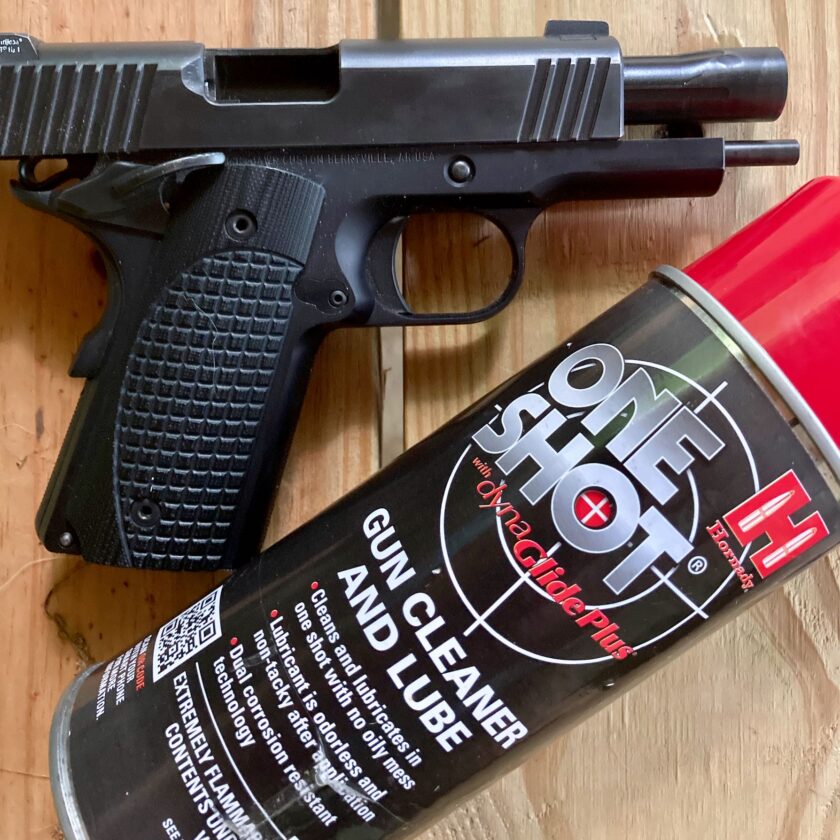
For lube I prefer Hornady One-Shot dry lube for my concealed carry handgun(s) (rifles are a different story). It dries on the metal and leaves a lubricating film behind. The film is dry, won’t hold dust, and won’t run out onto your clothes. After it dries it’s completely dry. It’s the only lube I’ve used for the past 3,000+ malfunction-free rounds with my 1911. Your results may vary. Before loading my gun backup I do a quick function check and make sure the safeties are working correctly, and ensure that I don’t have a “scant safety.”
Step 4: Change My Flashlight Batteries
I switched to rechargeable batteries about six months ago and it has drastically changed my battery management philosophy. Instead of running batteries until an indeterminate period of time when I feel they ought to be changed, or running them ’til they’re dead, I put fresh ones in every Sunday. I have been using the Eneloop Pro series batteries. I purchased one set with a charger and every couple of months I buy a few more batteries. They aren’t inexpensive, but I haven’t thrown away a battery in six months and don’t plan to quite a while. I will likely talk more about rechargeable batteries in a future article.
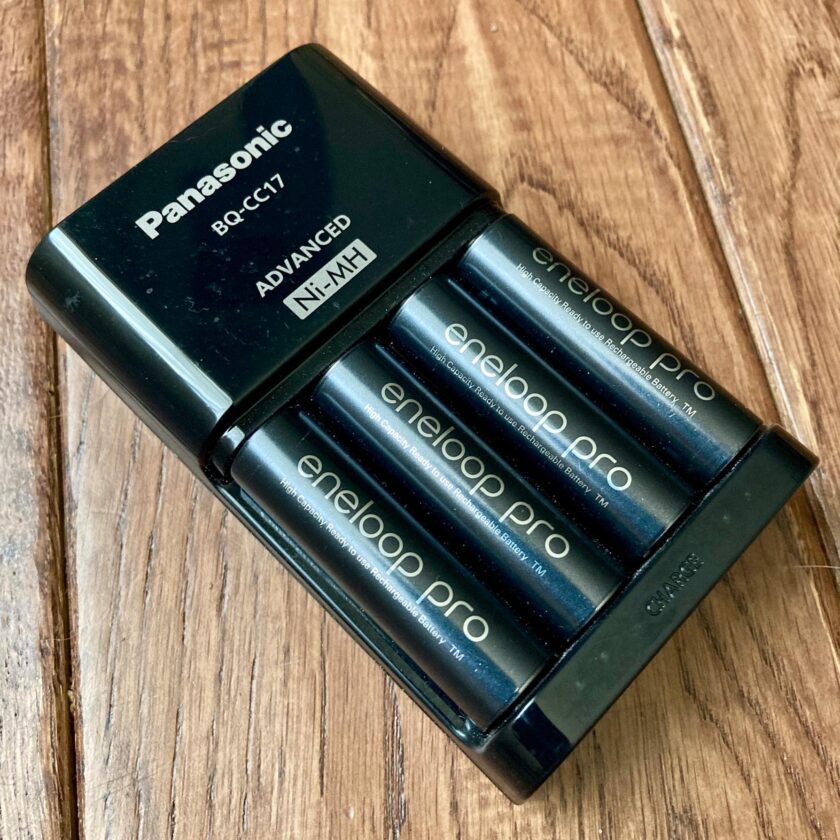
Incidentally, my toothbrush also uses AA batteries, so this is a good chance to change them out, as well.
Step 5: Sharpen My Knife
I hate having a dull knife. Dull knives are inefficient and dangerous. I hate someone else seeing me with a dull knife. But if you actually use your knife it’s easy to let it go way too long before sharpening. Suddenly it’s a little dull and you dread sharpening it so you put it off…then you have to spend an hour to get it back to acceptable. But even if you use your knife regularly, if you sharpen it weekly it stays pretty sharp. Mine has never been unacceptably dull. I use the Spyderco Sharpmaker to keep my knife’s edge in good condition. It’s easy to use and does a really good job, and doesn’t cost a fortune.
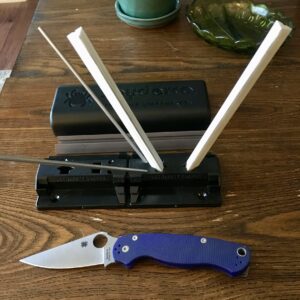
Closing Thoughts
I realize this might not be a perfect solution for everyone. I like to do this on Sunday because I like starting the week out knowing my gear is in the best possible condition. You might prefer a different day depending on, well, your preferences. Some of you may have different tasks you’d like to accomplish, or need to do more or less. One caution I’d give you: don’t add a million tasks. If this takes 90 minutes to complete it is going to be really difficult to do it consistently, week after week. My advice is to choose that small, attainable list of stuff you can do to make yourself slightly better prepared and do it without fail.





